Table of Contents
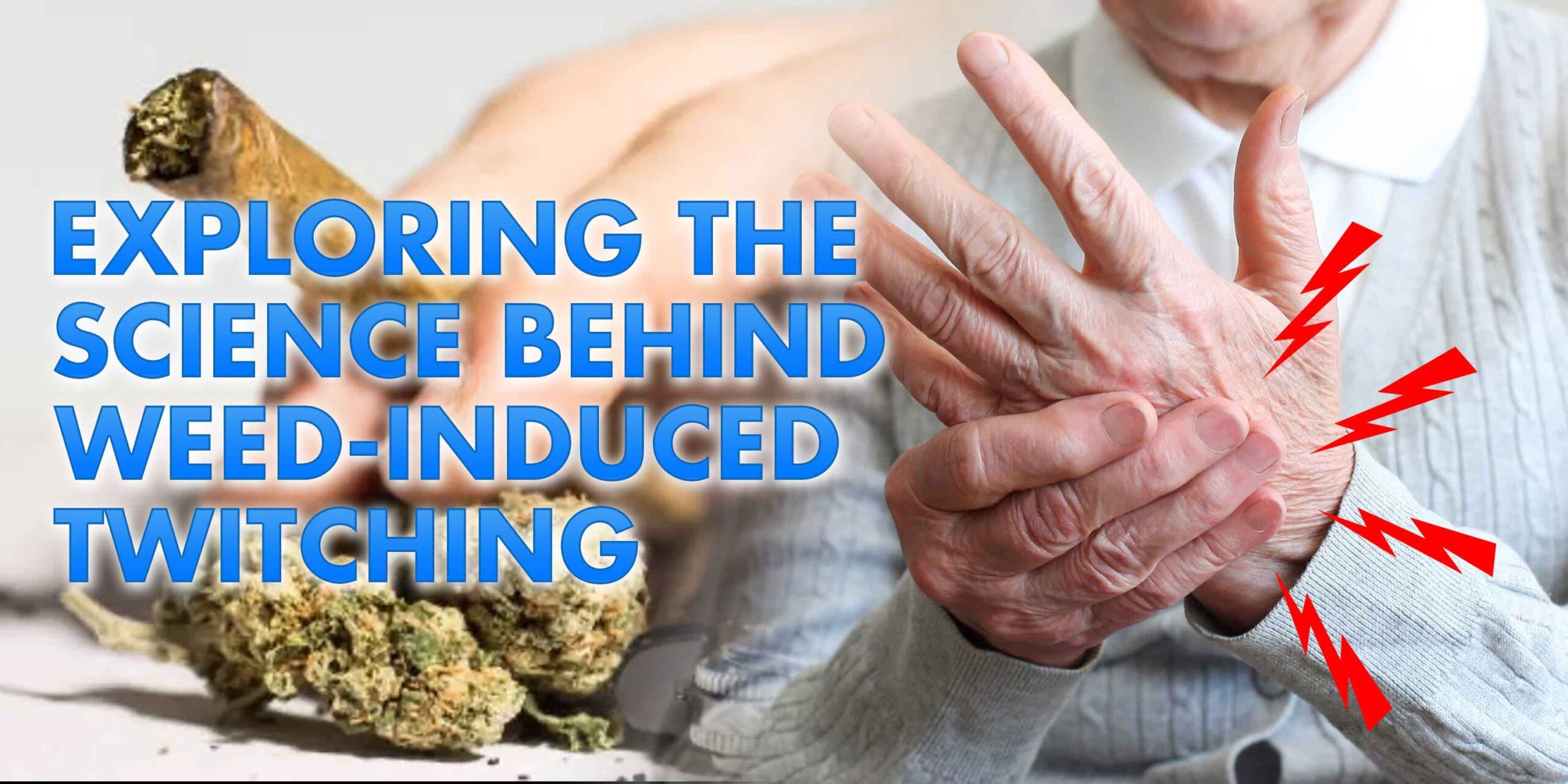
Table of Contents
At the core of the matter lies THC, the psychoactive compound in cannabis. THC possesses a unique ability to engage with our nervous system, particularly the endocannabinoid system. This interaction can lead to diverse effects, including altered perception and, intriguingly, muscle twitching. Let’s explore this connection further.
THC’s interaction with the endocannabinoid system is akin to a molecular dance, influencing the way neurons communicate. The endocannabinoid system plays a pivotal role in regulating various physiological processes, such as pain perception, mood, and motor control. When THC engages with this system, it can prompt changes in muscle tone and trigger involuntary movements, manifesting as muscle twitching.
One perspective suggests that cannabis, especially high-THC strains, induces muscle relaxation. However, when this relaxation surpasses a certain threshold, it may manifest as twitching in some individuals. While sought after by users for unwinding and tension relief, excessive relaxation can result in discomfort due to muscle twitches or spasms.
To delve deeper, it’s essential to understand the delicate balance between muscle relaxation and twitching. Cannabis, as a muscle relaxant, eases tension and promotes a sense of calm. However, when the relaxation becomes disproportionately intense, it can evolve into twitching. This phenomenon highlights the nuanced nature of cannabis’s impact on muscle behavior and how individual responses may vary.
Another factor at play is anxiety. For some, cannabis consumption can trigger anxious feelings, potentially leading to muscle twitching. The intricate relationship between anxiety and weed-induced twitching warrants a closer look.
Anxiety-induced twitching is not uncommon among cannabis users, and it’s crucial to recognize the psychological component of this phenomenon. Cannabis’s interaction with the nervous system can heighten sensitivity, and in the presence of anxiety, this heightened sensitivity may translate into muscle twitching. Understanding this interplay provides valuable insights for users aiming to manage anxiety-related twitching during their high.
Not all cannabis highs are created equal. We categorize the cannabis high into different spectrums, examining which ones are more likely to lead to twitching.
Understanding the nuances of the “Cannabis High” Spectrum provides users with valuable information when choosing strains based on their desired effects. Recognizing that Sativa-dominant strains are more likely to induce euphoria and energy, while Indica strains lean towards relaxation, enables users to make informed decisions aligning with their preferences and minimizing the risk of unwanted twitching.
Acknowledging that not everyone experiences twitching when high is crucial. Individual factors play a significant role in determining susceptibility.
Understanding individual variability contributes to a personalized approach to cannabis use. Those sensitive to THC’s effects may opt for strains with lower THC content, while regular users might navigate their tolerance levels. Recognizing pre-existing conditions allows users to anticipate and manage potential twitching more effectively.
For those bothered by weed-induced twitching, fear not—practical tips and strategies are available to manage and reduce this sensation.
These coping strategies form a holistic approach to enhancing the cannabis experience. Moderation ensures a balanced high, hydration supports overall well-being, CBD introduces a counterbalance to THC’s effects, and relaxation techniques mitigate anxiety-related twitching. Users can tailor these strategies to their preferences, creating a personalized toolkit for a more enjoyable and comfortable cannabis journey.
Let’s dispel myths surrounding weed twitching and provide accurate information.
Myth: Twitching is Dangerous
Fact: While uncomfortable, muscle twitches are generally harmless and not cause for concern.
Myth: All Cannabis Causes Twitching
Fact: Strains and types of cannabis vary in their twitch-inducing effects.
Debunking these misconceptions contributes to a more informed and responsible cannabis culture. Understanding that twitching is a nuanced aspect of the cannabis experience and not inherently dangerous fosters a healthier perspective among users.
In conclusion, the question of “Why do I twitch when I’m high?” involves multiple factors. THC’s interaction with the nervous system, individual responses, and strain choices contribute to twitching. Understanding your body’s reaction, selecting suitable strains, and employing coping strategies can help you enjoy your high without unwanted twitching.
The journey into understanding weed-induced twitching is ongoing, and as cannabis research progresses, more insights may surface. For now, users can navigate their cannabis experiences with a well-rounded understanding, fostering a more positive and informed relationship with this beloved recreational substance.
FAQ 1: Is twitching while high be dangerous?
Twitching when high is generally harmless. If severe or prolonged, consulting a medical professional is advisable.
FAQ 2: Are there strains less likely to cause twitching?
Yes, some strains, particularly Indica-dominant ones, are less likely to induce twitching compared to high-THC Sativa strains.
FAQ 3: Can anxiety worsen twitching when high?
Yes, anxiety can exacerbate twitching. Managing anxiety through relaxation techniques can help reduce this effect.
FAQ 4: Is there a way to prevent twitching when consuming cannabis?
While preventing twitching entirely may not be possible, choosing the right strain, practicing moderation, and staying hydrated can help minimize it.
FAQ 5: What if I enjoy the sensation of twitching when high?
If the twitching sensation is enjoyable and not bothersome, there’s no need for concern. Embracing individual preferences fosters a more inclusive and understanding cannabis community.
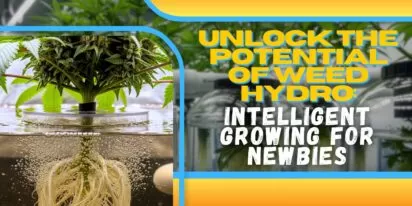
Curious about growing weed in a healthy, effective way? Welcome to the realm of weed hydro! This method uses water instead of soil, delivering n
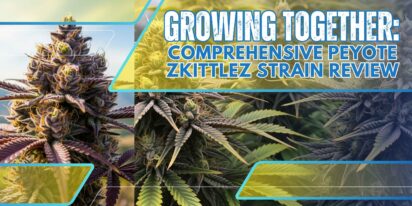
Peyote Zkittlez is a unique cannabis strain that has quickly gained dedicated followers among enthusiasts and patients alike. Its parentage—Zk
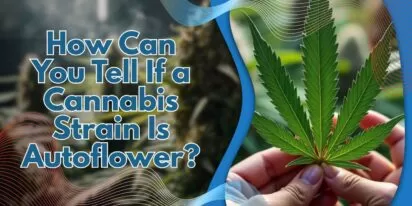
As growers, we want strains that work well, are strong, and are of good quality. Autoflowering cannabis strains are a big step forward for both

Pot growers always ask the same basic question: How much weed does a weed plant produce? The answer is complex and depends on a multitude of var
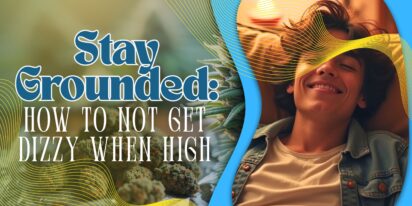
Ever had the room spin after a few hits? You're not alone. Figuring out how to prevent getting dizzy high can make your cannabis experience a wh
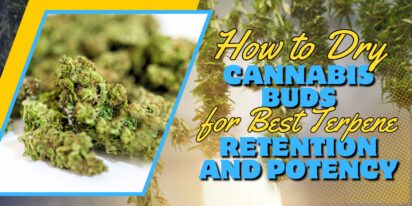
Drying cannabis properly is a critical process in preserving the plant's full aroma and flavor and its psychoactive abilities. Tampering with th

Ever caught yourself a bit too high and all of a sudden in need of being normal? Whether you're heading out for munchies or bumping into someone

Looking for sage advice on how not to get pinched with weed without batting an eye? Attempting to protect your stash from gossipy roommates, sno
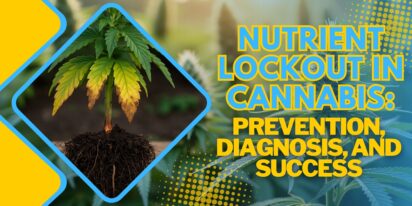
Nutrient lockout, also known as nutrient binding or chemical antagonism, is a significant issue in cannabis cultivation that negatively impacts
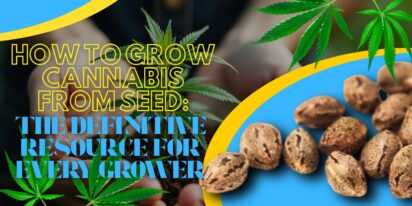
Germination is the most critical initial stage in growing healthy, high-quality cannabis plants. During germination, the dormant seed becomes a
Are You 18 Or Over?
By selecting “Continue”, you confirm that you are at least 18 years of age and legally permitted to access cannabis related content in your region.
By using Rocketseeds.com, you agree to our legal disclaimer.
Excellent blog here Also your website loads up very fast What web host are you using Can I get your affiliate link to your host I wish my web site loaded up as quickly as yours lol
Your writing is not only informative but also incredibly inspiring. You have a knack for sparking curiosity and encouraging critical thinking. Thank you for being such a positive influence!
Simply wish to say your article is as amazing The clearness in your post is just nice and i could assume youre an expert on this subject Well with your permission let me to grab your feed to keep updated with forthcoming post Thanks a million and please carry on the gratifying work
Somebody essentially lend a hand to make significantly articles Id state That is the very first time I frequented your website page and up to now I surprised with the research you made to make this actual submit amazing Wonderful task
Your blog is a beacon of light in the often murky waters of online content. Your thoughtful analysis and insightful commentary never fail to leave a lasting impression. Keep up the amazing work!
Thank you for the auspicious writeup It in fact was a amusement account it Look advanced to more added agreeable from you By the way how could we communicate
Your blog is a constant source of inspiration for me. Your passion for your subject matter shines through in every post, and it’s clear that you genuinely care about making a positive impact on your readers.
Your blog is a constant source of inspiration for me. Your passion for your subject matter is palpable, and it’s clear that you pour your heart and soul into every post. Keep up the incredible work!
Your articles never fail to captivate me. Each one is a testament to your expertise and dedication to your craft. Thank you for sharing your wisdom with the world.
Your blog is a testament to your dedication to your craft. Your commitment to excellence is evident in every aspect of your writing. Thank you for being such a positive influence in the online community.
Your writing has a way of resonating with me on a deep level. I appreciate the honesty and authenticity you bring to every post. Thank you for sharing your journey with us.
Your blog is a true gem in the world of online content. I’m continually impressed by the depth of your research and the clarity of your writing. Thank you for sharing your wisdom with us.
Hi i think that i saw you visited my web site thus i came to Return the favore Im attempting to find things to enhance my siteI suppose its ok to use a few of your ideas
Somebody essentially help to make significantly articles Id state This is the first time I frequented your web page and up to now I surprised with the research you made to make this actual post incredible Fantastic job
Usually I do not read article on blogs however I would like to say that this writeup very compelled me to take a look at and do so Your writing taste has been amazed me Thanks quite nice post
Your blog has quickly become one of my favorites. Your writing is both insightful and thought-provoking, and I always come away from your posts feeling inspired. Keep up the phenomenal work!
Every time I visit your website, I’m greeted with thought-provoking content and impeccable writing. You truly have a gift for articulating complex ideas in a clear and engaging manner.
Hey there You have done a fantastic job I will certainly digg it and personally recommend to my friends Im confident theyll be benefited from this site
I have read some excellent stuff here Definitely value bookmarking for revisiting I wonder how much effort you put to make the sort of excellent informative website
Nice blog here Also your site loads up very fast What host are you using Can I get your affiliate link to your host I wish my site loaded up as quickly as yours lol
What i do not understood is in truth how you are not actually a lot more smartlyliked than you may be now You are very intelligent You realize therefore significantly in the case of this topic produced me individually imagine it from numerous numerous angles Its like men and women dont seem to be fascinated until it is one thing to do with Woman gaga Your own stuffs nice All the time care for it up
Your blog is a beacon of light in the often murky waters of online content. Your thoughtful analysis and insightful commentary never fail to leave a lasting impression. Keep up the amazing work!
Your blog is a breath of fresh air in the often stagnant world of online content. Your thoughtful analysis and insightful commentary never fail to leave a lasting impression. Thank you for sharing your wisdom with us.
Your blog is a beacon of light in the often murky waters of online content. Your thoughtful analysis and insightful commentary never fail to leave a lasting impression. Keep up the amazing work!
Usually I do not read article on blogs however I would like to say that this writeup very compelled me to take a look at and do it Your writing style has been amazed me Thank you very nice article
Your writing has a way of resonating with me on a deep level. I appreciate the honesty and authenticity you bring to every post. Thank you for sharing your journey with us.
This hydroponics guide is quite the buzz, seriously! Who knew growing weed without dirt could be so complicated yet potentially rewarding? The breakdown of systems like DWC and NFT is helpful, though I suspect my cat might confuse the air pump for a toy. The idea of cleaner buds is tempting, especially since explaining hydro weed to my non-growing friends might get messy. And the bit about potential dizziness from hydro weed? Perfect, now I have an excuse for why I always stumble a bit after a grow session. Still, the promise of faster grows and higher yields is hard to ignore, even if it means more trips to the pH meter than to the coffee shop. Overall, a cultivating read for the curious grower!